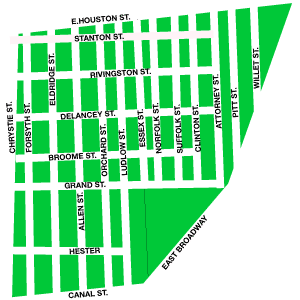As we near Halloween, a holiday centered around taking (both candy and identities), it is important to remember those who have given of themselves. Today, my class and I gave a little of our time to learn more about one of the most tragic days in American history.
John Henderson, our tour guide at the World Trade Center Tribute Center, told us that his wife works with the dying as a hospice volunteer. “I couldn’t do that,’ he said. “But I can do this.”
A history buff and employee of Graduate Enrollment Services at NYU, Henderson is a docent at the Tribute Center. He helps visitors see what he saw, and feel what he and so many others felt on Sept. 11, 2001.
I’ll admit that I thought little about the falling of the twin towers, what is so often called the defining moment of our generation. Even on that Tuesday morning, I was so far removed from downtown New York City that imagining the scope of the situation was impossible. Like Henderson, my first thought was that it had to be an accident, but even after my 12-year-old self came to the realization that it was not, I didn’t shed tears. I didn’t internalize the event as a tragic yet definitive moment in my history. Today that changed.
As Henderson led us around the perimeter of the acre-sized construction site where the towers used to stand, across the Southern Sky Bridge where pock marks are still evident, and into the Tribute Center where the photos of those murdered layer the walls, I came a little closer to realizing the impact of two planes into two skyscrapers in one iconic city. Listening to him tell the stories of the survivors and those lost, and hearing the sniffles of my classmates as he did so, I came closer to understanding that the events of Sept. 11, 2001 were more than just a brief moment in history. They have become a part of the fabric of our generation.




